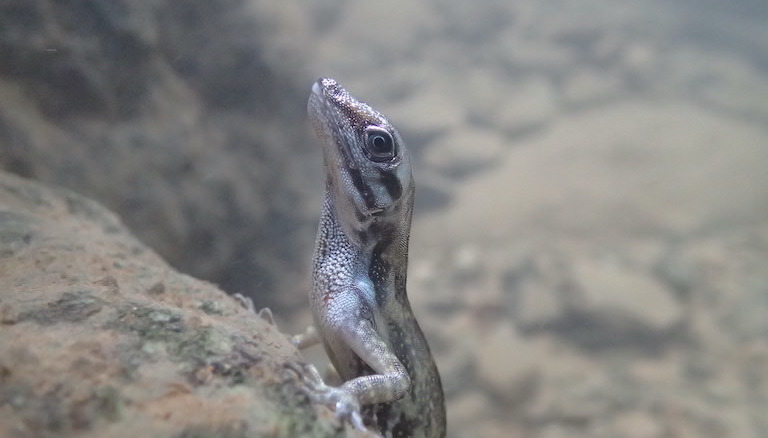You might think we know almost everything about the big animals of the world. But, scientists are often discovering surprising new things – this time about tiger sharks.

Tiger sharks in Mozambique have been recorded traveling thousands of kilometers to the other side of the Indian Ocean, but they are genetically distinct from those in the Atlantic. Photo credit: © Nick Filmalter
Tiger sharks are one of the largest living shark species. Adult tiger sharks can grow over 10 feet (3 meters) long and weigh over 1000 pounds (450 kg). They are named for the stripes on their bodies that resemble tiger stripes.
Tiger sharks can swim long distances through the oceans and meet up with other sharks thousands of miles away. When animals can move long distances and intermingle with each other, populations in different areas often do not have big genetic differences between them, even if the populations are far apart from each other.
In contrast, if populations of animals do not exchange many individuals over time, they can become genetically quite different from each other. Over time, they may evolve into different species.
In a surprise finding, scientists studying the genetic differences between tiger shark populations found that sharks in the Atlantic and Indo-Pacific ocean basins are genetically distinct from each other, despite individual tiger sharks moving between these oceanic regions on a regular basis. “If this differentiation continues over time, these groups will be on their way to speciation,” said one of the scientists, Mahmood Shivji.

New genomic research confirms two highly distinct tiger shark populations worldwide. Credit: Nicola Poulos | © Save Our Seas Foundation

Large tiger sharks overwinter in the Bahamas and migrate thousands of kilometers into open ocean in the summer, but they remain in the Atlantic. Photo credit: © Christopher Vaughan-Jones
Read more about this story on Mongabay.com:
https://news.mongabay.com/2021/11/geneticists-have-identified-new-groups-of-tiger-sharks-to-protect/






